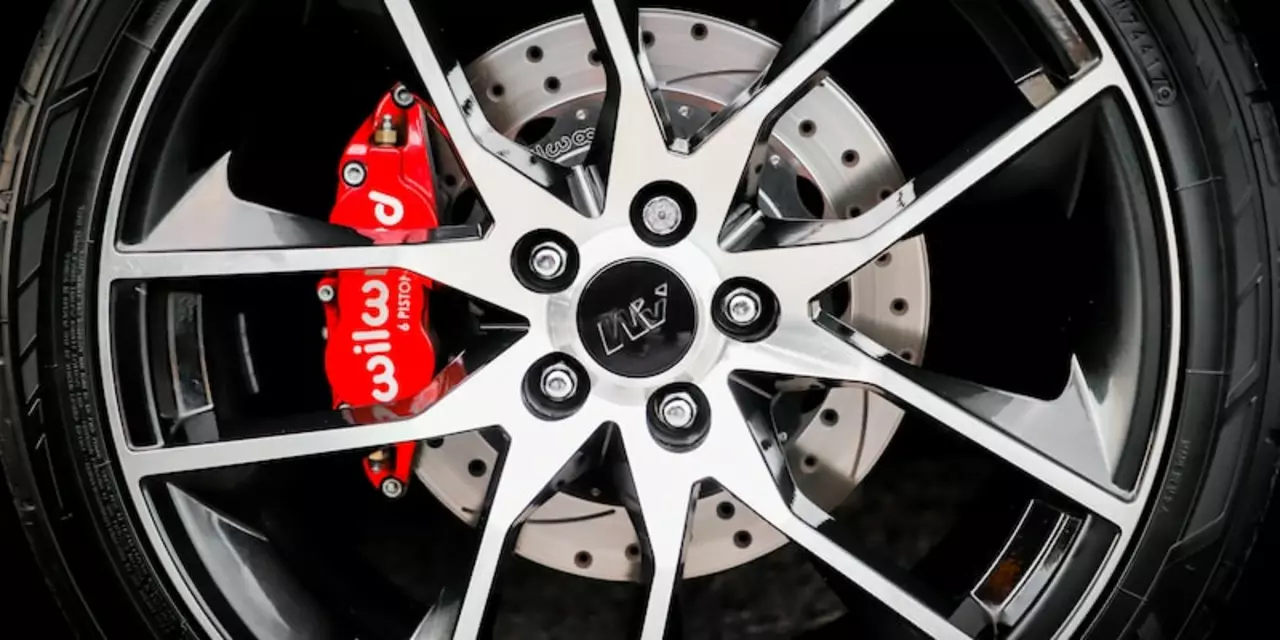Drag Racing: The Fast‑Track Way to Feel Pure Speed
If you’ve ever watched a car blast down a straight line and wondered what that rush feels like, you’re in the right place. Drag racing is the sport that boils down racing to one pure goal: go from zero to insane in the shortest time possible. No twists, no turns, just raw power, perfect timing, and a strip of asphalt that turns a regular car into a rocket.
What Makes Drag Racing Different?
First off, drag races are measured in either a quarter‑mile (1,320 feet) or an eighth‑mile (660 feet). The distance is short, so every fraction of a second counts. That’s why drivers spend hours tuning engines, swapping tires, and practicing launch control. The cars you see range from street‑legal muscle cars to purpose‑built dragsters that look like they belong in a sci‑fi movie.
Unlike circuit racing, there’s no pit stop strategy or tire wear over many laps. The whole event is about the perfect start. A good launch uses a technique called “soft‑launch,” where the driver holds the car just short of the rev limiter, then pops the clutch at the exact moment the light turns green. Miss it by a beat and you’re watching the competition zoom ahead.
Fans love the spectacle because it’s easy to understand: who’s faster? The answer comes in a flash, often in under five seconds. That instant payoff is why drag racing shows up in movies, video games, and even on street‑legal car shows.
Tips to Get Started on the Strip
Want to try drag racing yourself? Start with a reliable car that can handle high torque – classic choices are the Chevrolet Camaro, Ford Mustang, or a Nissan 350Z. Make sure the tires are rated for high‑performance launches; a good set of drag slicks can shave off tenths of a second.
Next, learn the rev‑match. Most modern cars have a launch control button that holds the revs for you, but older models need a manual approach. Rev the engine to the sweet spot (usually just below the redline), hold the clutch, and release at green.
Safety is non‑negotiable. Always wear a helmet, keep a fire extinguisher nearby, and check that the strip’s safety barriers are in good shape. If you’re at a local drag strip, sign up for a beginner’s class – most tracks offer a quick tutorial and a chance to practice with experienced racers.
Don’t forget the after‑race routine. While drag racing doesn’t involve long pit stops, a quick tire check and a brief engine cooldown can prevent costly damage. If you’re serious about improving your times, keep a log of each run: reaction time, elapsed time, and any adjustments you made. Over weeks, those notes will show you where the real gains are hiding.
Behind the scenes, there’s a whole world of pit crew tricks that make a difference. Look at NASCAR pit crews – they change all four tires in about 12 seconds. While you won’t need a full crew, borrowing a few of those fast‑change techniques (like using air guns and pre‑loaded lug nuts) can shave critical milliseconds.
Finally, stay connected with the drag‑racing community. Forums, local meets, and social media groups are great places to swap tips, find track days, and keep up with the latest performance parts. The more you engage, the faster you’ll learn.
Drag racing isn’t just a sport; it’s a pure adrenaline fix that fits into a single, heart‑pounding moment. Whether you’re watching a professional Top‑Fuel dragster or rolling out your own street‑legal beast, the thrill is the same: speed, power, and the rush of the perfect launch. Buckle up, hit the strip, and let the countdown begin.



